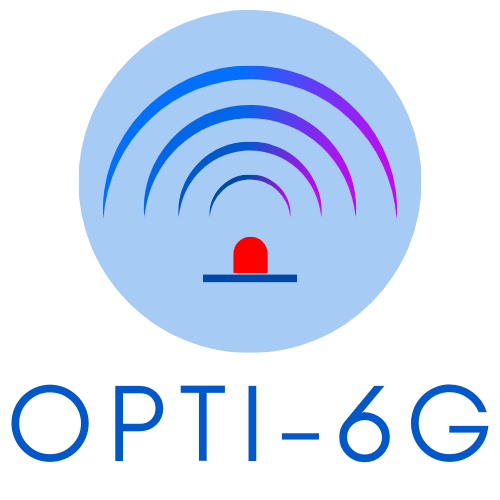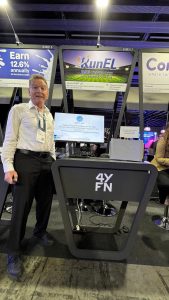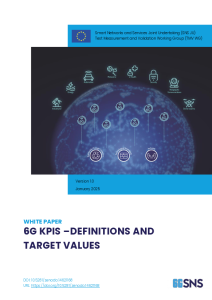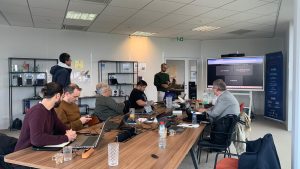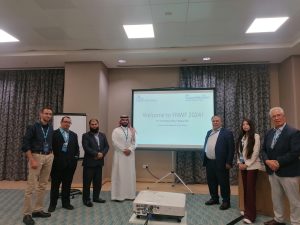Overview
This project goal project is to design, develop and exhibit the operation of a Radio Optical 6G, so that it can easily be installed in a wide range of different types of properties and where third-party application developers can develop and exhibit their innovative network services in homes, businesses and public space buildings using the open-source development environment. Example services will be developed in the project such as one that ameliorates the need for using HeNB (Home Network Base Stations) or WLAN ( Wireless Local Area Networks) in buildings and eliminates the uplink interference that they induce. This will have the effect of incentivising all building construction companies to install a cell-free network throughout their new build developments. The OPTI-6G project will be the first project to integrate cell-free sub-THz and near IR 6G network architectures.
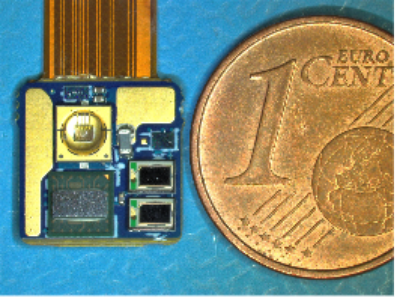
OPTI-6G Presence at Mobile World Congress 2025 trhough consortium partner RunEL
Advancing 6G Performance Standards: A New White Paper from the TMV Working Group
OPTI-6G Plenary Meeting in Vélizy, France
OPTI-6G Project Presented at IEEE Future Networks World Forum in Dubai
OPTI-6G Flyer
The OPTI-6G project provides a broadband Optical Wireless 6G Communications (OWC) solution based on a combined cell-free network architecture and Vertical Cavity Surface Emitting Laser (VCSEL) array solution. The air interface operates in the near Infrared (IR) 850-1050 nm wavelength range that does not suffer from electromagnetic interference in this part of the spectrum and provides universal broadband indoor coverage by OWC access points that are pervasively located within buildings. This broadband system will provide 1 to 3 Gbps data rates for distances up to 5m from each access point over a field of emission of 25° to 15° respectively and paves the way towards a beam-steered OWC system that will ultimately produce much wider access angles.
